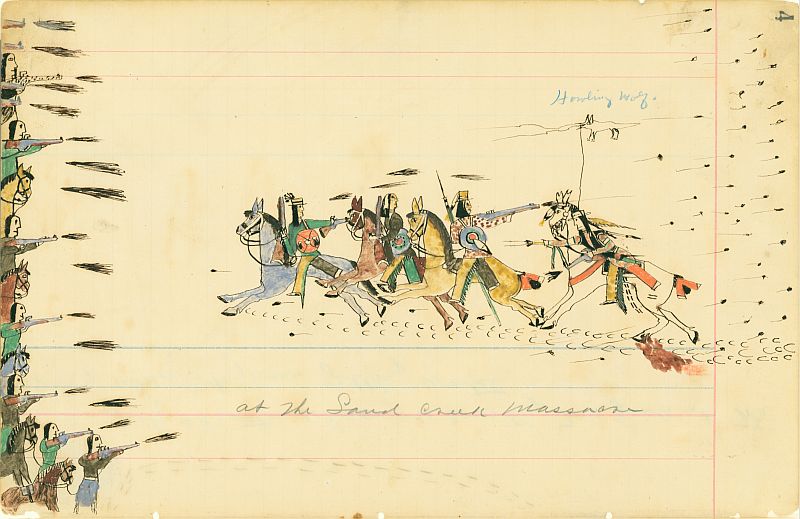It is ironic, Gary Gygax predicted a similar problem decades ago. This is why he tried to make D&D and AD&D humanocentric.
His take was that the different "races" were actually more akin to different types of creatures or animals. Just like the nature of a wolf is to hunt and eat meat and normally whatever they are eating is a living creature that dies because they are doing it, creatures have inborn ways of feeling and doing things which generally most follow. Monsters, like Wolves, Sharks, Tigers, and other beasts were driven by things other than humans, and this also extended to what were referred to as different races in D&D.
Those who do not, are not the norm, but the exception. Even among humans, PC's were the exception in ability.
Thus, even the different races are not "human" and are not motivated or act in the same way. This also meant that those races had level limits and other restrictions because they were NOT human, nor did they have the same motivation to get that type of power or increase in ability that humans did.
However, people still played different D&D races as...humans. They were humans that were short, or humans that had pointy ears, etc. rather than creatures with a completely different mindset.
Instead of a Drow which viewed their way of life and culture as superior to any others...you had Drow which were basically human and had human values, instincts, motivations, and behavior.
By 3e, they attempted to make it so that many more races and creatures were viable to play...and almost all of them when played were played as humans. Want to play a Goblin, something that was supposed to be a fantastical monster from fantasy and mythology whose very nature sometimes was spawned by dark forces that created the world...sure...the player played it as a human with different colored skin and sharp teeth and...
Wait a second...
Now you have players playing humans that look a little different and have different colored skin that go under the name of a goblin...but is basically a human...and saying humans which look different as evil because of that is actually kind of wrong.
And it's continued to evolve till now there really is no difference between a player playing a different race and a player playing a human for many groups these days. When the only difference is really looks...defining an entire human race that calls itself Orcs, or goblins, or even Troglydites as Evil becomes VERY problematic...BECAUSE it is and SHOULD be problematic.
The change I think is because these things that used to be actual MONSTERS were changed in RPGs to actually be humans with different looks instead...and that changes the entire perspective of what is right or wrong in how they are categorized (alignment, etc) and how they are defined to act.
It becomes more problematic because you have more traditional players that still view what used to be monsters in RPGs AS the traditional monsters that had different origins, inspirations, and core creations than humans...which clash with other gamers who view these previously listed monsters NOT as monsters, but humans of a different mother/father/creator.
It's a really difficult line to walk between in order to please one group and not displease the other...but when you view other races as actually humans rather than creatures that are different on an instinctual level (like other beasts such as Wolves, Sharks, Crocodiles are different from humans) it IS problematic to label them or categorize them in certain ways as it comes to close to prejudice and discrimination and how they are presented in the real world.






